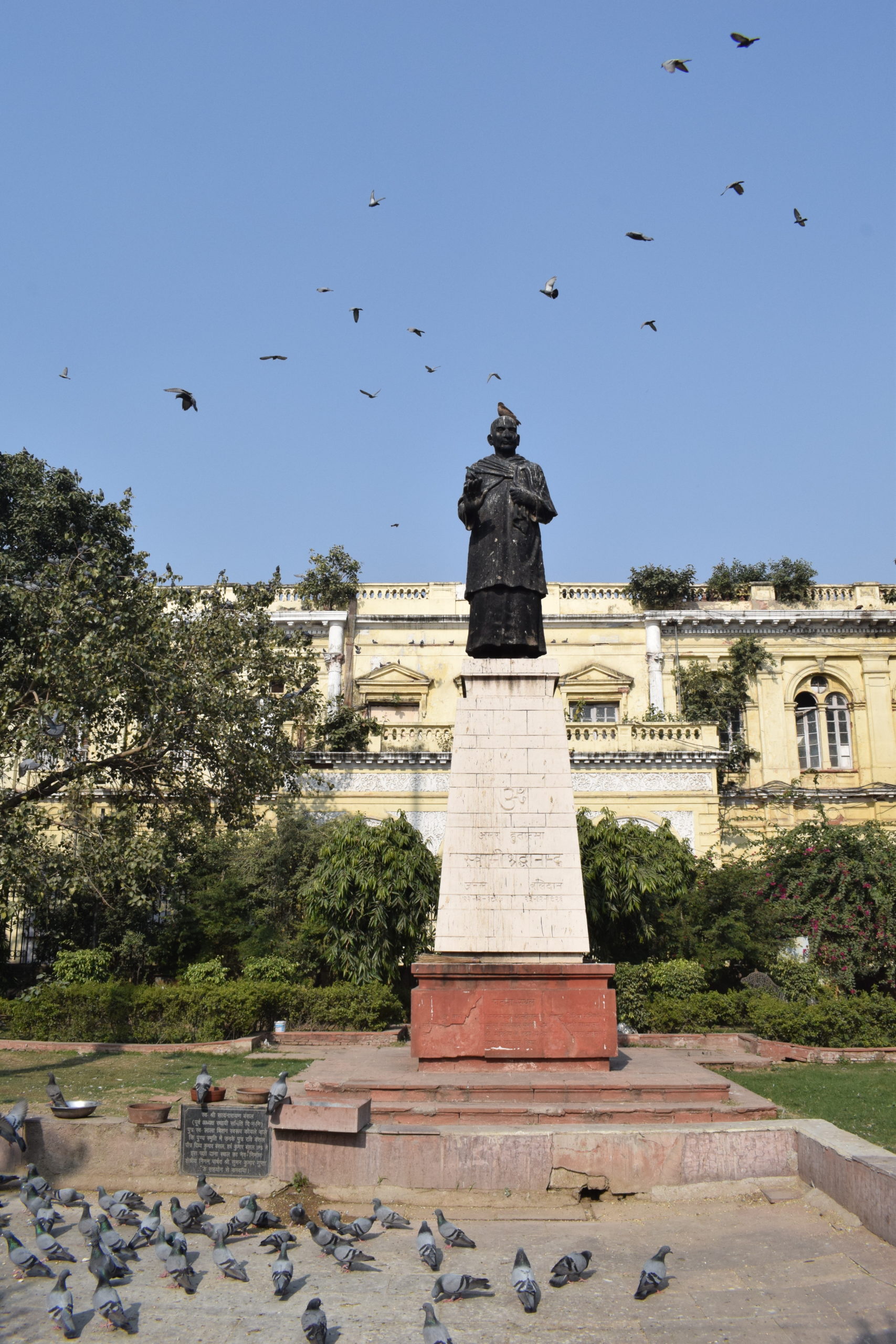Delhi Mayor Shelly Oberoi paid a visit to the renowned British-era Town Hall and Ghalib ki Haveli in the Walled City on Monday, emphasizing the importance of showcasing the city’s rich heritage to tourists arriving during the G20 Summit.
Mayor Oberoi, accompanied by Delhi Urban Development Minister Saurabh Bharadwaj, explored the expansive heritage building located in the Chandni Chowk area. The Town Hall, a historical landmark dating back over 160 years and originally serving as the headquarters of the Municipal Corporation of Delhi, has recently undergone some basic restoration efforts.
The officials also ventured to the historic Ghalib ki Haveli in the Ballimaran area of Old Delhi, which was once the residence of the renowned poet Mirza Ghalib.
Mayor Oberoi expressed her pride in India hosting the upcoming G20 Summit in Delhi and highlighted the ongoing efforts to enhance the city’s roads, parks, and overall aesthetics. She mentioned that visitors arriving for the G20 Summit would have the opportunity to immerse themselves in the city’s rich heritage and create lasting memories.
The G20 Summit is scheduled to take place in the national capital from September 9 to 10.
In the evening, Minister Bharadwaj also inspected a municipal park in south Delhi that has been transformed into a ‘G20 park.’ This park, located in Greater Kailash, commemorates India’s presidency of the G20, featuring a large ‘G20’ logo and flags representing member nations.
Oberoi and Bharadwaj further explored the cultural delights of old Delhi, including sampling local delicacies and taking a rickshaw ride along the pedestrianized stretch of Chandni Chowk.
Minister Bharadwaj emphasized the historic significance of structures like the Town Hall, built during the British era, which generates public interest due to its historical importance. He noted the efforts made to give the Town Hall a fresh coat of paint, enhancing its presentable appearance in case any Summit delegates visit the landmark.
The approach road to Ghalib ki Haveli was also repaired to ensure a pleasant experience for visitors.
The Town Hall complex includes the main building surrounded by lawns on both sides, along with adjacent press and dispensary buildings, which have been recently repainted. Constructed in the 1860s, the Victorian-style Town Hall, characterized by yellow-painted brick, stone, and carved white stone trim, was originally employed by the British for public meetings.
Over time, the Town Hall transitioned from being the seat of the Delhi Municipality to the Municipal Corporation of Delhi (MCD), which was established in April 1958. While the MCD headquarters shifted to the modern Civic Centre complex in 2010, the Town Hall remains an iconic representation of the city’s history.
A senior MCD official mentioned that recent restoration efforts involve repainting the building’s facade and outer walls, as well as creating small office spaces while preserving the original architectural aesthetics. Although not a comprehensive conservation project, the restoration aimed to maintain the building’s historical integrity.
Originally featuring a statue of Queen Victoria, the Town Hall premises now house a statue of freedom fighter Swami Shraddhanand, symbolizing India’s journey from colonial rule to independence.
The intricate columns, arched windows, and portico carvings add to the historical charm of this sentinel that has witnessed the evolution of eras, including the tramway era and Victorian clock towers. Despite the British’s removal of the Gothic clock tower in the 1940s, the area adjacent to the Hall still retains its name, Ghanta.
(With PTI inputs)





